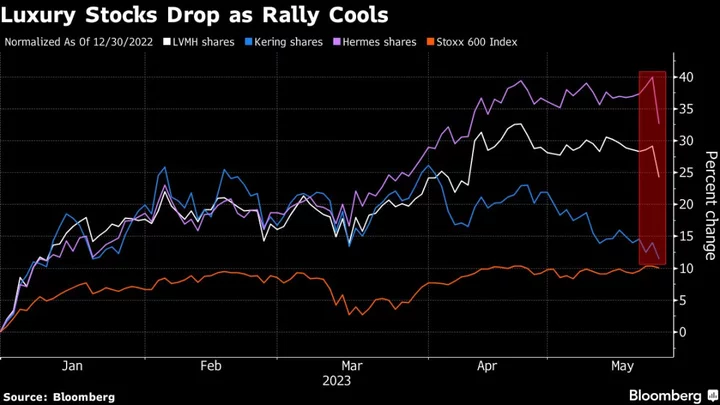It seemed like exactly the type of juicy hypocrisy that the internet lives for.
On Monday, Instagram head Adam Mosseri announced that in order to tackle the spam problem on its new Twitter competitor, Threads, the company was going to introduce tighter rate limits on the platform.
Sounds familiar? That's because rate limits were one of the controversial decisions implemented by Elon Musk on Twitter in early July that resulted in massive backlash against the platform. Users were finding themselves blocked from seeing content on Twitter due to daily rate limiting, after viewing a certain number of tweets.
But, as it turns out, no, Threads did not deploy the same controversial rate limits on its platform that Twitter did. Threads instead strengthened the same type of rate limits present on most all social media platforms, limits that even Twitter used long before Musk even acquired the company.
As news spread of Threads' own rate limits, Twitter employees were quick to tweet about it.
"Imitation is the sincerest form of flattery," posted one Twitter employee along with a cry-laughing emoji.
"Next stop: increased rate limit for Meta Verified subscribers," tweeted another, referencing how Musk provides paid $8-per-month Twitter Blue subscribers with higher limits than non-paying users.
Even Musk himself couldn't help but spike the football.
"Lmaooo Copy [cat]," replied Musk to a user posting Threads' rate limits, using a cat emoji instead of the actual word.
How Threads' rate limits are unlikely to affect your user experience
But, in actuality, Threads' rate limits are not like Musk's much-maligned limits at all. According to Meta employees, Threads is not limiting the amount of posts users can view, which is what Twitter did.
The rate limits on Threads instead targets common spammy behavior, such as the amount of comments made and number of users that an account can follow over a certain period of time.
"Hope they realize we’re talking about action rate limits (eg following, commenting) rather than viewing rate limits," Threads engineer Jesse Chen said to me in reply to one of my posts about rate limits on the platform. "Both platforms have always had the former type of rate limits…"
Post by @0xjessel View on ThreadsIndeed, Twitter, as well as other social media platforms, has long implemented action rate limits in order to tackle spam on the platform. Twitter even lays out its official action limits on a help page on its website. The page informs users of how many tweets can be made per day (2,400), how many DMs an account can send per day (currently 500 messages), and how many users can be followed by an account each day (400 follows per day, technically, but it varies depending on the ratio of follow-to-following counts once a user follows 5,000 accounts.)
According to archives kept by the Internet Archive's Wayback Machine, this Twitter help page running down the platform's action rate limits, has existed at this URL since January 2018.
Unlike the usual action limits seen at social media platforms, Musk's new rate limit rules announced earlier this month stopped many Twitter users from being able to view content on the platform. In fact, the blowback to these new limits on Twitter likely played a role in Threads quickly growing to 100 million users just days after its launch – a launch that incidentally came just over a week after Twitter implemented these rate limits.
For his part, Mosseri's post about Threads' own rate limits was vague and didn't explicitly detail what was going to be limited.
Post by @ca_guy00 View on Threads"Spam attacks have picked up so we're going to have to get tighter on things like rate limits, which is going to mean more unintentionally limiting active people (false positives)," Mosseri posted. "If you get caught up those protections let us know."
Mashable reached out to Meta for further comment, but a spokesperson just referred us back to Mosseri's post.
Post by @klla_km View on ThreadsHowever, Meta engineers have since clarified on Threads. And, going through the replies to Mosseri's post, the user experience appears to match those claims. Some users have shared that they hit daily following limits or limits to how many times they could "like" posts. Mashable has been unable to find reports of users being limited in what they could view on Threads due to rate limits.
The spam problem on Threads, which Mosseri mentioned as the reason for rate limits, is becoming most visible on the platform. Along with other issues, like getting users to stick around post-launch, Threads is dealing with a clear uptick in spammy replies and mentions since it launched a few weeks ago. It remains to be seen whether Threads' rate limits will do anything to curb these bad actors. But, judging by Twitter's more extreme actions earlier this month, it won't.









